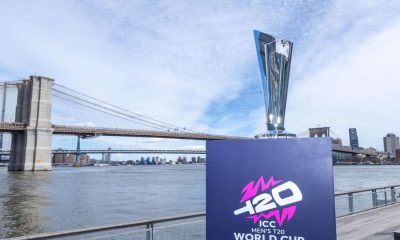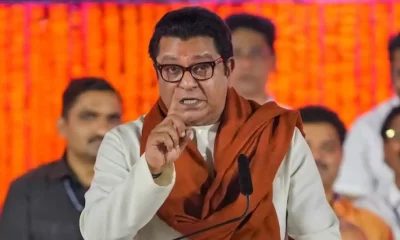Latest world news
Pakistan asks World Bank to vouch India abiding IWT
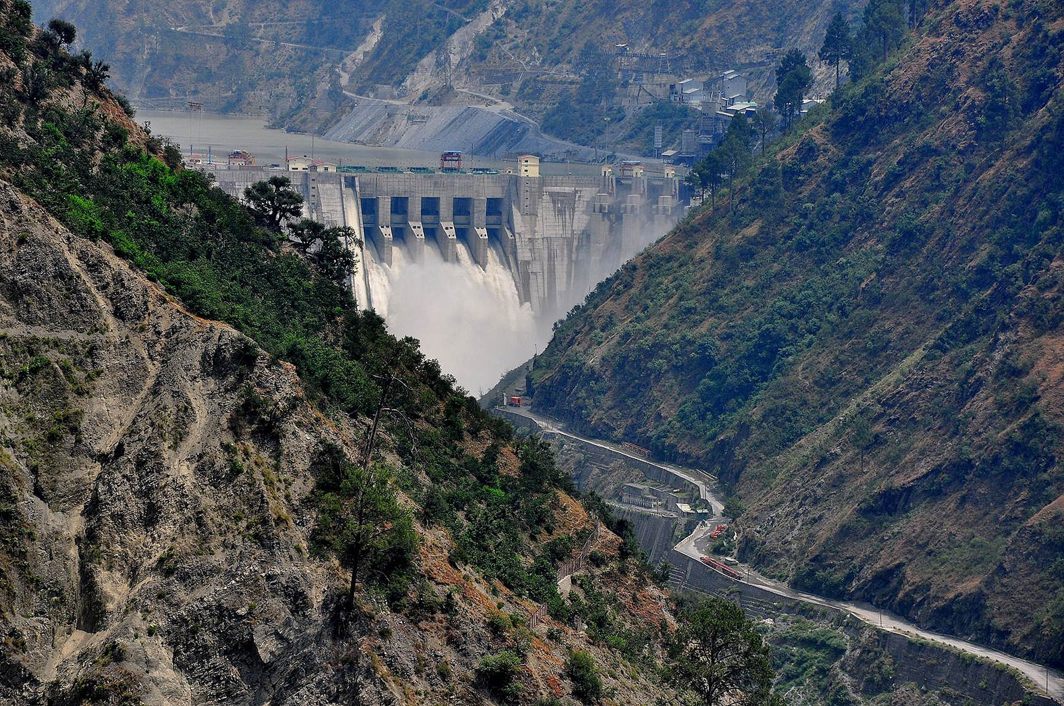
Raising its voice against India once again, Pakistan has asked the World Bank to recognise its responsibility under the Indus Waters Treaty of 1960 to address its concerns over two disputed projects. This has come at a time when India has completed the Kishanganga hydropower project.
Dawn, a leading Pakistani daily published a report on Thursday quoting an unnamed government official saying that energy ministry has sent a fresh communiqué early this week to the Washington based World Bank’s vice president urging to “recognise its responsibility” and play its role to ensure that India abided by the provisions of the 1960 treaty while building the projects.
In August last year World Bank had allowed India to construct hydroelectric power facilities on tributaries of the Jhelum and Chenab rivers with certain restrictions under the 1960 Indus Waters Treaty (IWT). Pakistan had opposed the construction of the Kishanganga (330 meawatts) and Ratle (850 megawatts) hydroelectric power plants being built by India in Jammu and Kashmir.
 The World Bank noted that the two countries disagree over whether the technical design features of the two hydroelectric plants contravene the treaty and said that treaty designated these two rivers as well as the Indus as the “Western Rivers” to which Pakistan has unrestricted use.
The World Bank noted that the two countries disagree over whether the technical design features of the two hydroelectric plants contravene the treaty and said that treaty designated these two rivers as well as the Indus as the “Western Rivers” to which Pakistan has unrestricted use.
The Pakistani official said to the Dawn that there was no doubt that India had completed the 330MW Kishanganga project during the period the World Bank “paused” the process for constitution of a Court of Arbitration (COA) as requested by Pakistan in early 2016. India had countered the Pakistani request by calling for a neutral expert.
Pakistan had called for resolution of disputes over Kishanganga project on the Neelum river and 850MW Ratle hydropower project on the Chenab.
The Dawn report further said that in August last year Islamabad had received reports that New Delhi had completed the Kishanganga project as per the design that had been objected to by Pakistan.
The Pakistani official said that the second letter was sent to World Bank after a Pakistani delegation of the Indus Waters Commission was not allowed to visit various controversial projects in India, including Kishanganga and Ratle schemes.
 According to Pakistani officials, in December 2016, the World Bank had announced that it had “paused” the process for either appointing a Court of Arbitration (COA) or a neutral expert and started mediation between the two countries.
According to Pakistani officials, in December 2016, the World Bank had announced that it had “paused” the process for either appointing a Court of Arbitration (COA) or a neutral expert and started mediation between the two countries.
Since then India and Pakistan held two rounds of talks under the World Bank auspices. On completion of the project Pakistan proposed some modifications to partially address its concerns over the Kishanganga project’s design for water storage without affecting its power generation capacity. Last round of secretary level talks were held in Washington in September.
Dawn observed that Pakistan’s experience with both the international forums — neutral expert and CoA — has not been satisfactory for varying reasons and outcomes, partially due to domestic weaknesses including delayed decision-making. Pakistan first challenged the Baglihar hydroelectric project before the neutral expert and then the Kishanganga and Wuller Barrage projects before the CoA.
Pakistan had opposed Indian move saying its water rights were being violated by India on two rivers, the Chenab and Jhelum, through faulty designs of Ratle and Kishanganga projects. Pakistan believed that Kishanganga’s pondage should be a maximum of one million cubic metres instead of 7.5 million cubic metres, intake should be up to four metres and spillways should be raised to nine metres.
About the Ratle project, Pakistan had four objections. Freeboard should be one metre instead of two metres, pondage should be a maximum of eight million cubic metres instead of 24 million, intake level should be at 8.8 metres and spillways at the height of 20 metres.
It believes the Indian design of Ratle project would reduce Chenab flows by 40 per cent at Head Marala and cause considerable irrigation loss to crops. The Ratle dam is believed to be three times larger than the Baglihar dam.
Under the provisions of the Indus Water Treaty, the waters of the eastern rivers — the Sutlej, Beas and Ravi — had been allocated to India and that of the western rivers — the Indus, Jhelum and Chenab — to Pakistan except for certain non-consumptive uses.
The Kishanganga Hydroelectric Plant is part of a run-of the-river hyderoelectric scheme that is designed to divert water from the Kishanganga river to a power plant in the Jhelum River basin. It is located 3 km north of Bandipore with an installed capacity of 330 MW.
Construction on the project began in 2007 and was expected to be complete in 2017. However, construction was halted by Hague’s Court of Arbitration in October 2011 due to Pakistan’s protest. All the three units (3 x 10 MW) were commissioned and synchronised with the electricity grid by 30 March 2018.
Latest world news
World Earth Day 2024: Google Doodle showcases aerial view of planet’s natural beauty
Google celebrated Earth Day 2024 with a special doodle featuring an aerial view of our planet’s biodiversity.
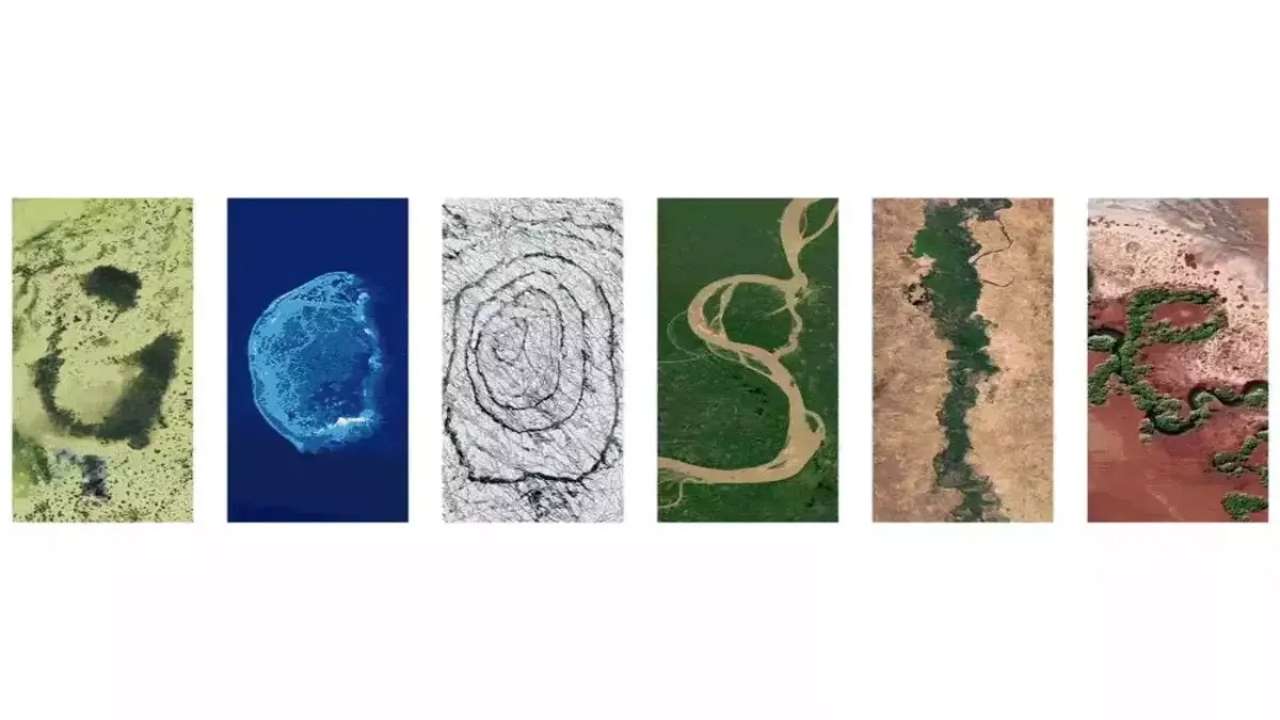
Google shared a doodle today to celebrate World Earth Day 2024, which showcased aerial photos of the planet’s biodiversity and natural beauty. Google reminded us of the importance of protecting planet earth for future generations with the help of this doodle.
The Google letters depict specific locations across the globe where people, communities, and governments work every day to help protect the planet’s natural beauty, biodiversity, and resources, according to the explanation of the annual Earth Day 2024 doodle on their website.
It said, these examples remind us that there’s much more to do to address the climate crisis and biodiversity loss, but also offer the promise of hope and optimism.
The islands of Turks and Caicos are represented by the letter “G.” The islands’ conservation efforts are concentrated on protecting important regions for biodiversity and addressing persistent environmental problems.
The largest reef in the southern Gulf of Mexico and a UNESCO biosphere reserve, Scorpion Reef National Park, is represented by the letter “O” in the Mexican flag.
The letter “O” features Iceland’s Vatnajokull National Park, which was designated as a national park in 2008 following decades of advocacy. The ecology within and surrounding the biggest glacier in Europe is safeguarded by this UNESCO World Heritage Site.
The letter “G” has the Jau National Park in Brazil on it. It is a UNESCO World Heritage Site and one of the biggest forest reserves in South America.
The Great Green Wall of Nigeria is represented by the letter “L,” and the Pilbara Islands Nature Reserves of Australia are represented by the letter “E.”
Meanwhile, Earth Day is a worldwide event that promotes protection of the environment every year. April 22 serves as a reminder of the importance of conservation efforts and sustainable practices to guarantee a healthier world and a brighter future.
The occasion inspires people across the world to come together and take action to protect the environment, strengthening our bonds with nature and promoting good change.
Latest world news
Bigg Boss 14 contestant Rahul Vaidya struggles walking in knee deep water, compares Dubai rains with Mumbai floods
Singer and TV personality Rahul Vaidya was recently stranded in the Dubai rains.
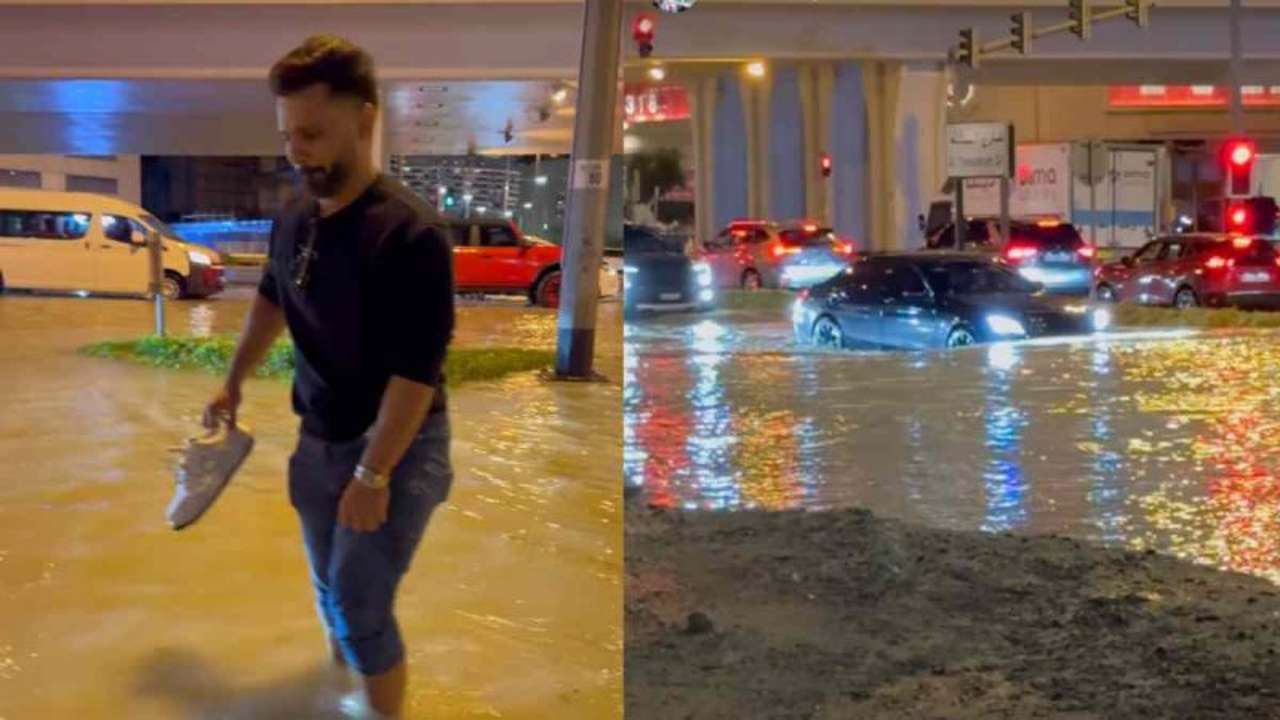
Rahul Vaidya, who was in Dubai ahead of his show which was scheduled to take place today, left the country due to heavy rains and reached Kolkata. The artist shared on social media his encounters in the UAE city, including challenges like walking through knee-deep water. Rahul provided an update regarding the heavy rainfall in Dubai on his Instagram profile.
The Bigg Boss 14 contestant revealed that he was in Kolkata and prepared to do an evening performance. Recalling the terrifying period he went through, Vaidya said there was a lot of confusion and panic in Dubai. The situation was similar to that when heavy floods hit Mumbai in 2005.
Vaiday also posted seval other images and videos of cars that were underwater and flooded roadways. The Bigg Boss 14 contestant, who shared his ordeal, claimed that even though it had just rained for two hours, the situation was dire.
In one of the video, which went viral he can be seen struggling in walking in knee-deep water. He can be also seen holding his sneakers in one hand and with other hand he was seen managing other things.
This is the result of the two hours of rain that it had, he can be heard saying in the video. Vidya also said he dosen’t believe Dubai is accustomed to a lot of rain. Everything had stopped working, he remarked.
After taking part in the first season of the singing reality show Indian Idol, Rahul Vaidya gained widespread recognition. In addition to Bigg Boss, he took part in Khatron Ke Khiladi 11.
Meanwhile, heavy rains that triggered flooding in the UAE and Bahrain, which left 18 people dead in Oman on Sunday and Monday, have paralyzed the financial hub of the Middle East, Dubai.
A lot of incoming flights were diverted from Dubai’s international airport because of the rain. At 7:26 p.m., the busiest airport in the world for foreign visitors stopped accepting new arrivals; a gradual resumption was announced for more than two hours later.
Images of planes navigating flooded tarmacs are making the rounds on social media.
According to pictures shared on social media, the flagship malls Dubai Mall and Mall of the Emirates both experienced heavy floods, while at least one Dubai Metro station had water up to the ankles.
There were several road collapses, severe flooding in residential areas, and numerous reports of leaks from windows, doors, and roofs.
Due to the unfavourable weather, schools around the United Arab Emirates were forced to close, and as more storms are predicted, the closures are anticipated to last until Wednesday. The government of Dubai allowed its staff to work remotely till this Wednesday.
Latest world news
Dubai sky turns green during storm in UAE, video goes viral
The UAE witnessed record-breaking rainfall on Tuesday and the National Centre of Meteorology recorded 254 mm of rainfall in less than 24 hrs in the Khatm Al Shakla area in Al Ain.
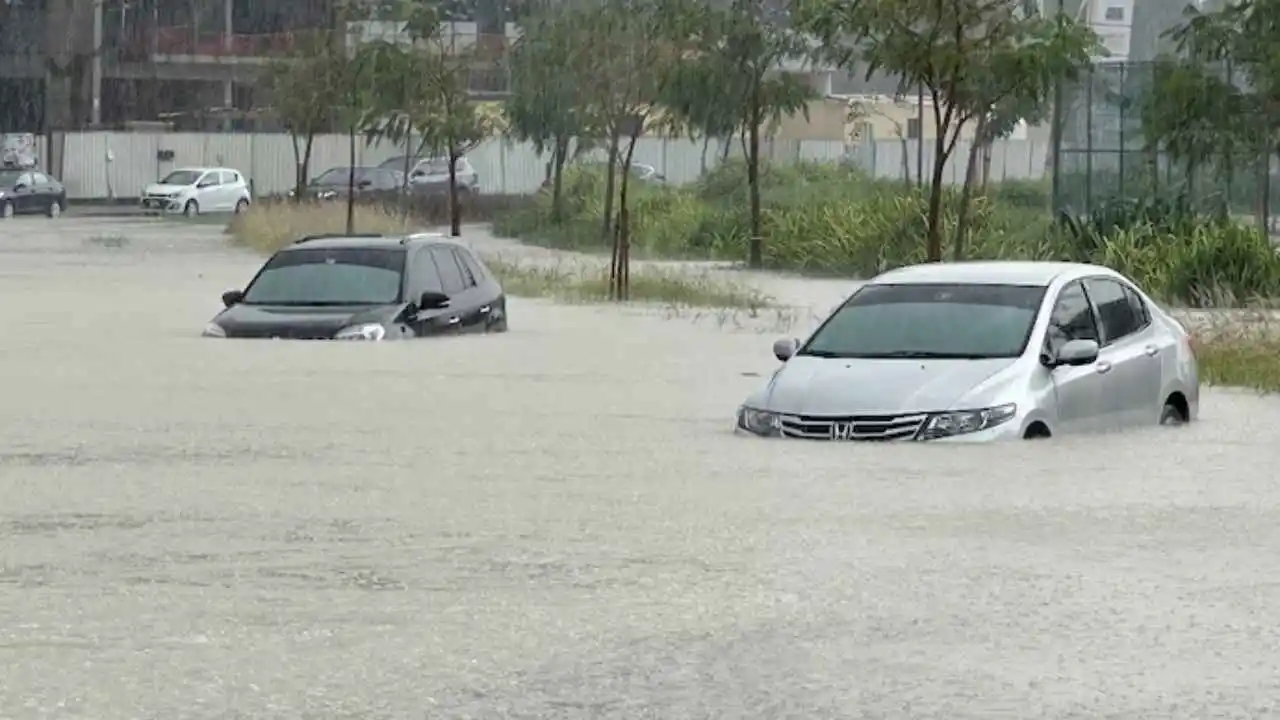
1 person was killed in UAE as it witnessed heavy rainfall on Tuesday, stranding commuters, flooding roads, disrupting trains and flights and resulting in water leakage from mall ceilings. The UAE witnessed record-breaking rainfall on Tuesday and the National Centre of Meteorology recorded 254 mm of rainfall in less than 24 hrs in the Khatm Al Shakla area in Al Ain. It is being said that the rainfall was the highest documented since the start of data collection in 1949.
The heavy rainfall in UAE came days after a similar situation in neighbouring Oman, where 13 people were killed in flash floods. Many parts of Oman saw torrential rains, which caused students to be trapped in buses and swept away motorists and trapped people in their homes.
Videos from Dubai circulating on social media showed widespread waterlogging on roads in Abu Dhabi, Dubai and other important cities. This left daily commuters in cars and other vehicles struggling to get back home. Dubai metro station too was seen flooded and closed.
One such video circulating on social media shows the aerial view of the city of Dubai from the top of a building. In the video the stormy winds are seen blowing over the city of Dubai. As the storm intensifies the Dubai sky turns green and ultimately gets covered by heavy rainfall. The video has gone viral on social media with more than 1.1 million views.
Another video showed water leakage from the ceilings of shopping malls, flooding the floors and destroying goods. A video which was shot in the famous Mall of the Emirates, showed pieces of ceiling falling as the rainwater gushed inside. Videos from many outlets of the Deira City Centre mall chain showed escalators being rendered unusable. Majid Al Futtaim, the company which owns the Mall of Emirates, said that the shopping complexes have been kept open and the customers are being sent away from the flooded areas.
-

 Entertainment24 hours ago
Entertainment24 hours agoKareena Kapoor appointed UNICEF India national ambassador, says it’s an emotional day for her
-

 India News23 hours ago
India News23 hours agoWrestler Bajrang Punia suspended by National Anti Doping Body after failing to give urine sample
-

 Entertainment21 hours ago
Entertainment21 hours agoRanbir Kapoor, Alia Bhatt’s daughter Raha enjoys Sunday outing with Ayan Mukharji, video goes viral
-

 Cricket news19 hours ago
Cricket news19 hours agoPBKS vs CSK: MS Dhoni clean bowled for golden duck, Dharamsala crowd goes silent, video goes viral
-

 Cricket news19 hours ago
Cricket news19 hours agoIPL 2024: CSK’s Pathirana returns to Sri Lanka due to hamstring injury
-

 Cricket news2 hours ago
Cricket news2 hours agoIPL 2024: Sunil Narine smashes 81 as Kolkata Knight Riders beat Lucknow Super Giants by 98 runs
-

 India News1 hour ago
India News1 hour agoED raids Jharkhand minister’s secretary, recovers Rs 20 crore from house help
-
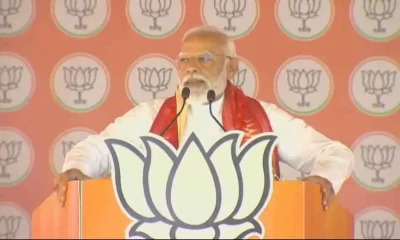
 2024 Lok Sabha Elections29 mins ago
2024 Lok Sabha Elections29 mins agoPM Modi says expiry date of BJD government in Odisha is June 4

